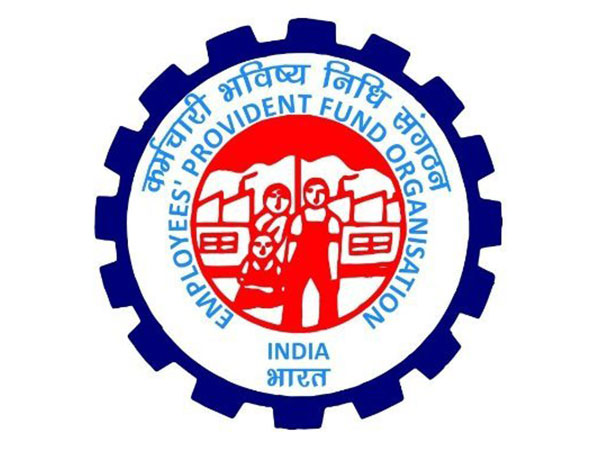The Food Safety and Standards Authority of India (FSSAI) has unequivocally refuted recent media reports alleging higher pesticide residues in Indian herbs and spices, labeling such claims as “false and malicious.” In a press release, the food safety regulator clarified that India maintains some of the most stringent standards globally regarding Maximum Residue Limits (MRLs) for pesticides, with regulations tailored to the risk assessments of various food commodities.
Pesticide regulation in India falls under the purview of the Ministry of Agriculture and Farmers Welfare (MoA and FW) through the Central Insecticide Board and Registration Committee (CIB and RC), established under the Insecticide Act of 1968. This regulatory body oversees the manufacturing, import, transport, and storage of pesticides, and determines their registration, banning, or restriction.
The Scientific Panel on Pesticides Residues of the FSSAI evaluates data provided by CIB and RC, conducting risk assessments that consider the dietary habits of the Indian population and health concerns across all age groups. The authority then recommends MRLs accordingly.
India currently registers over 295 pesticides, with 139 specifically designated for use in spices. Codex, an international food standards organization, has adopted 243 pesticides, of which 75 are applicable to spices.
Each pesticide is registered across multiple food commodities with varying MRLs based on risk assessment data. For instance, Monocrotophos, a common pesticide, is permitted at different MRLs for rice, citrus fruits, coffee beans, and cardamom, among others.
In cases where MRLs have not been established, a limit of 0.01 mg/kg was initially applied. This was subsequently raised to 0.1 mg/kg exclusively for spices, for pesticides not registered by CIB and RC.
Furthermore, certain pesticides exhibit varied MRLs across different crops. For example, Flubendiamide, used in brinjal, has different MRLs for crops like bengal gram, cabbage, tomato, and tea.
The FSSAI emphasized that MRLs are subject to regular revision based on scientific data, aligning with global standards to ensure scientifically valid adjustments reflective of the latest findings and international norms.




















